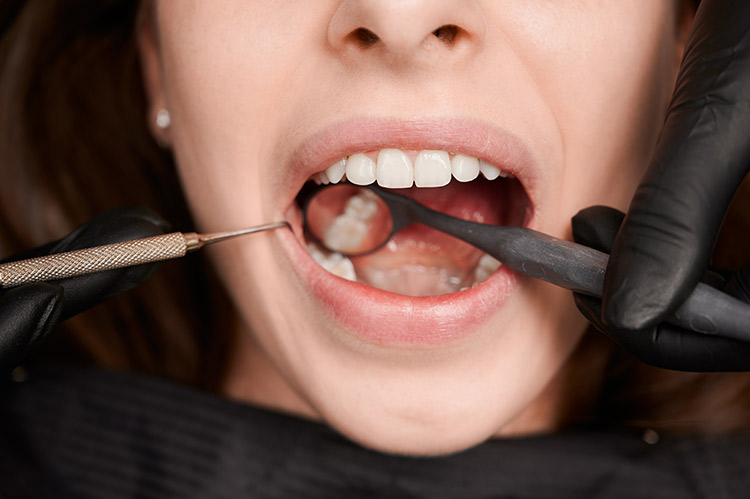What Are Cavities and How Can They Be Detected?
Cavities, also known as dental caries, are a common oral health problem that can occur when the bacteria in your mouth produce acid that eats away at your teeth. If left untreated, cavities can lead to tooth decay, infection, and even tooth loss. Therefore, it is important to detect and treat cavities early on.
The Different Types of Tests That Dentists Perform to Check for Cavities
There are several methods that dentists use to diagnose cavities. The most common ones are dental x-rays and visual inspection.
Dental X-Rays: A dental x-ray is a type of diagnostic test that uses radiation to capture an image of your teeth and jawbone. This helps the dentist to see any cavities or other problems that may be hidden from the naked eye. Bite-wing x-rays, which are taken from inside the mouth, are particularly useful for detecting cavities in between teeth.
Visual Inspection: A visual inspection involves the dentist using a mirror and dental explorer to examine the surfaces of your teeth for signs of decay. They will look for areas of discoloration, visible holes, or other abnormalities that could indicate the presence of a cavity.
How Bite-Wing X-Rays Help Dentists Find Cavities
Bite-wing x-rays, also known as intraoral x-rays, are a type of dental x-ray that allows the dentist to see the upper and lower back teeth in one image. This makes it easier to detect cavities in between teeth, which are often difficult to see during a visual examination. The bite-wing x-ray shows the top of the teeth and a portion of the jawbone, allowing the dentist to see the contact areas between the teeth and look for any signs of decay.
The Role of Visual Examination in Detecting Cavities
Visual examination is still an important method of detecting cavities, as it can help the dentist to identify areas that may not be visible on an x-ray. During a visual examination, the dentist will use a dental explorer to probe the surfaces of your teeth for any soft spots, which could indicate the presence of a cavity.
Using Technology to Enhance Accuracy During Dental Exams & Diagnosis
In addition to dental x-rays and visual inspections, dentists may use other technologies to enhance their ability to detect and diagnose cavities. For example, some dentists use special cameras that can detect early signs of decay that may not be visible to the naked eye. Other dentists may use laser fluorescence devices, which can help to detect cavities by measuring the fluorescence of the tooth structure.
Regular dental checkups are important for maintaining good oral health and detecting any potential problems early on. If you are looking for a dentist in North Vancouver, contact IQ Dental to book an appointment. Our team of experienced dental professionals can provide a range of services, from routine checkups and cleanings to more complex procedures. By taking care of your teeth and gums, you can help to ensure a lifetime of healthy smiles.







